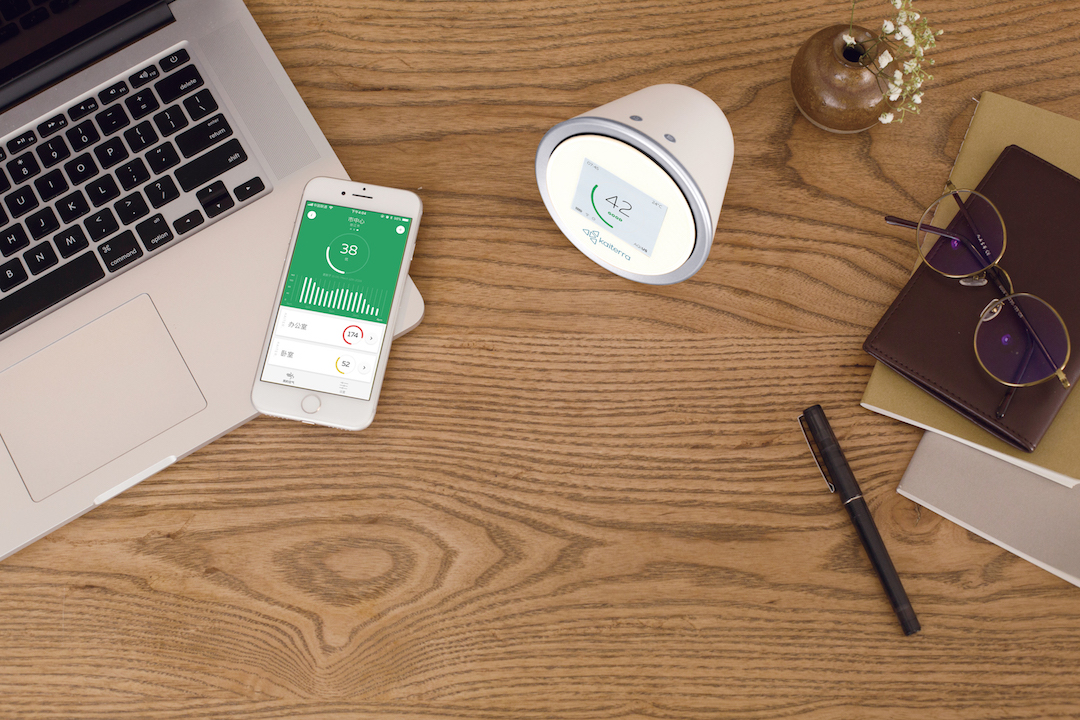Newsletter
When you use a product from Kaiterra, you are contributing to the world’s largest air quality data set. It means that you are joining a movement that is actively helping to push forward our understanding of air pollution.
As a planet, the biggest problem that we face today with air pollution is that we don’t actually know where it comes from. This sounds crazy, and at Kaiterra, we think it is crazy! It doesn’t make sense that, in the age of driverless cars and flying taxis, we don’t know where the world’s biggest killer actually comes from.
We’ve made it our mission to change this, and we can’t do it without you. We believe that air quality data is the key to this problem, and only you have the power to help generate this data.

Whenever we design an air quality product, we always set out to answer one cardinal question:
Will this device help provide high-quality data that can be used to further humanity’s understanding of air pollution?
If this box isn’t checked, we won’t build the product.
So, how does your Kaiterra device help further humanity’s understanding of the air around us?
There are a few ways:
1. Monitoring outdoor air quality
If your device is located outside, you have essentially done the work that governments should be doing, and created a high-accuracy source of information about outdoor air quality. With enough of these points, a clear picture starts to form around the air quality in your locality. Eventually, this data might enter our research, algorithms, and even predictions or forecasts of local air quality.
The more people and companies join this movement and choose to measure the air quality outdoors, the better this data set becomes and the faster we can map out air pollution.
2. Exploring the relationship between outdoor and indoor air
If, like most people, you have a Laser Egg for measuring your indoor air quality, this information will not be used in the calculation of your local outdoor air quality. After all, any number of things could affect the air quality of your home, and may not be representative of your region’s outdoor air pollution.
That said, trends about outdoor air quality can still be derived from information about the air indoors. For example, wildfires can be tracked in areas without government monitoring stations by tracking the change in indoor air quality across dozens of homes. While a single household’s PM2.5 readings may not say much, when grouped together with other readings in the area, trends emerge. Trends in the speed of spreading fire and whether or not there is a localized source of pollution in a region can appear with enough data.
Note that we do not carry out analysis on the air quality of a single home for any reason other than for customer service and support. We believe that your home’s data belongs to your home, and that it should only ever be used in conjunction with other information to further people’s understanding of the world’s outdoor air pollution.
3. Gathering indoor air quality data for research
Indoor air quality data helps researchers understand the state of the world’s air. Previously, to understand the impact of indoor air quality, researchers might take samples from a small number of households by recruiting volunteers. This is labor intensive, and the resulting data is limited in scale. This isn’t a great foundation to carry out groundbreaking research.Your data may be used, in a fully anonymized fashion and stripped of all personally identifiable details, to help researchers work with much larger datasets than they could ever otherwise have access to. Read more about our research program.
Academic research from reputable universities is the basis of a tremendous amount of policy-making, and Laser Eggs can help shape the kind of research these institutions can undertake.
As an added benefit, we see huge changes in user behavior after they purchase a Laser Egg. By comparing the air quality during the first week of usage and the 8th week of usage, we see significant improvements. This translates directly into lives saved.
We believe that high accuracy air quality data is the first step in the puzzle that will save 8 million lives a year and bring us closer to our goal of self-extinction. This belief drives every product decision we make and is the reason why we work so hard to make sure that every Kaiterra device is incredibly accurate. Because without accurate data, all of this is wasted.






.png?width=200&height=148&name=Menu%20C%20(2).png)

.png?width=307&height=228&name=Menu%20-%20D%20(1).png)
.png)




